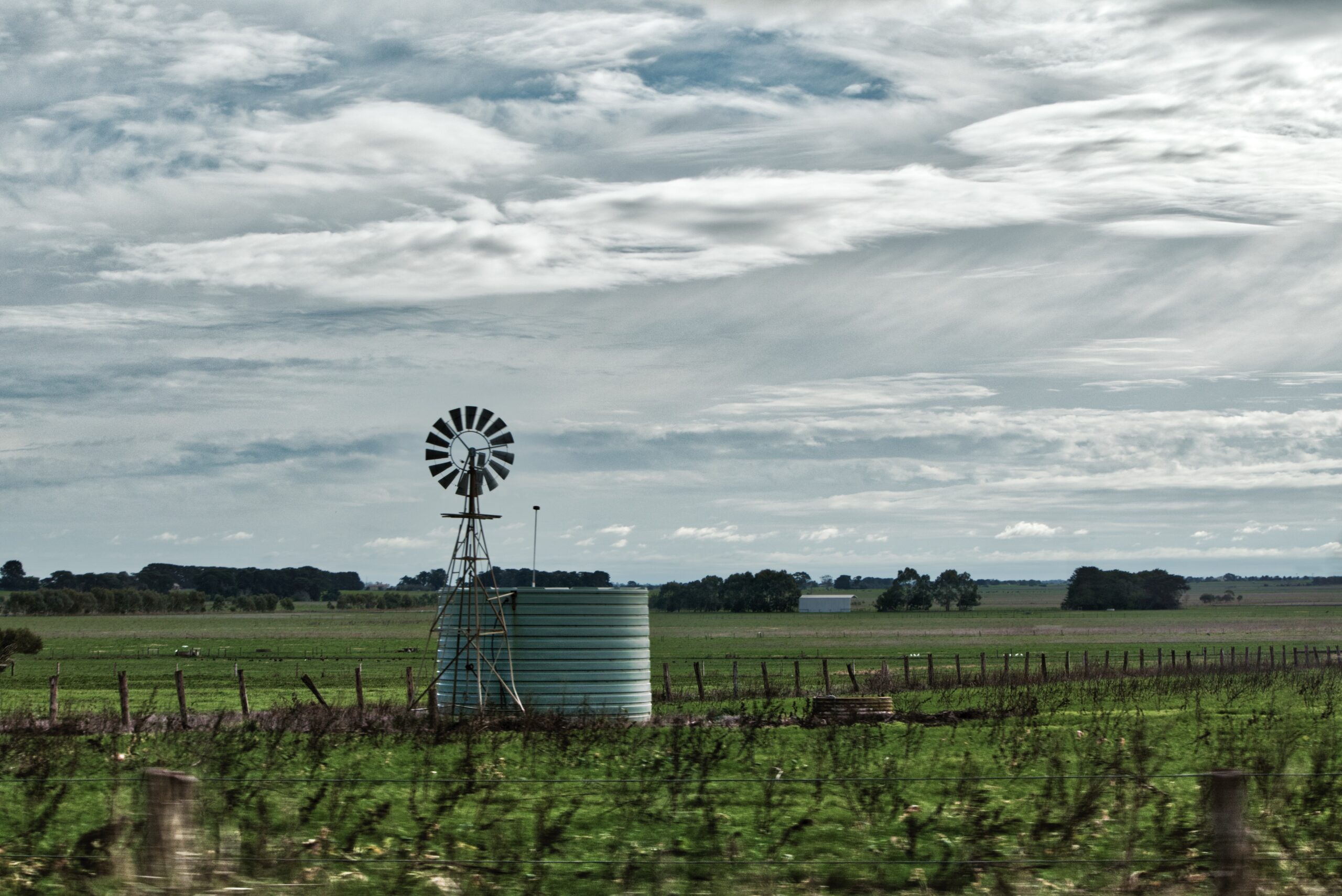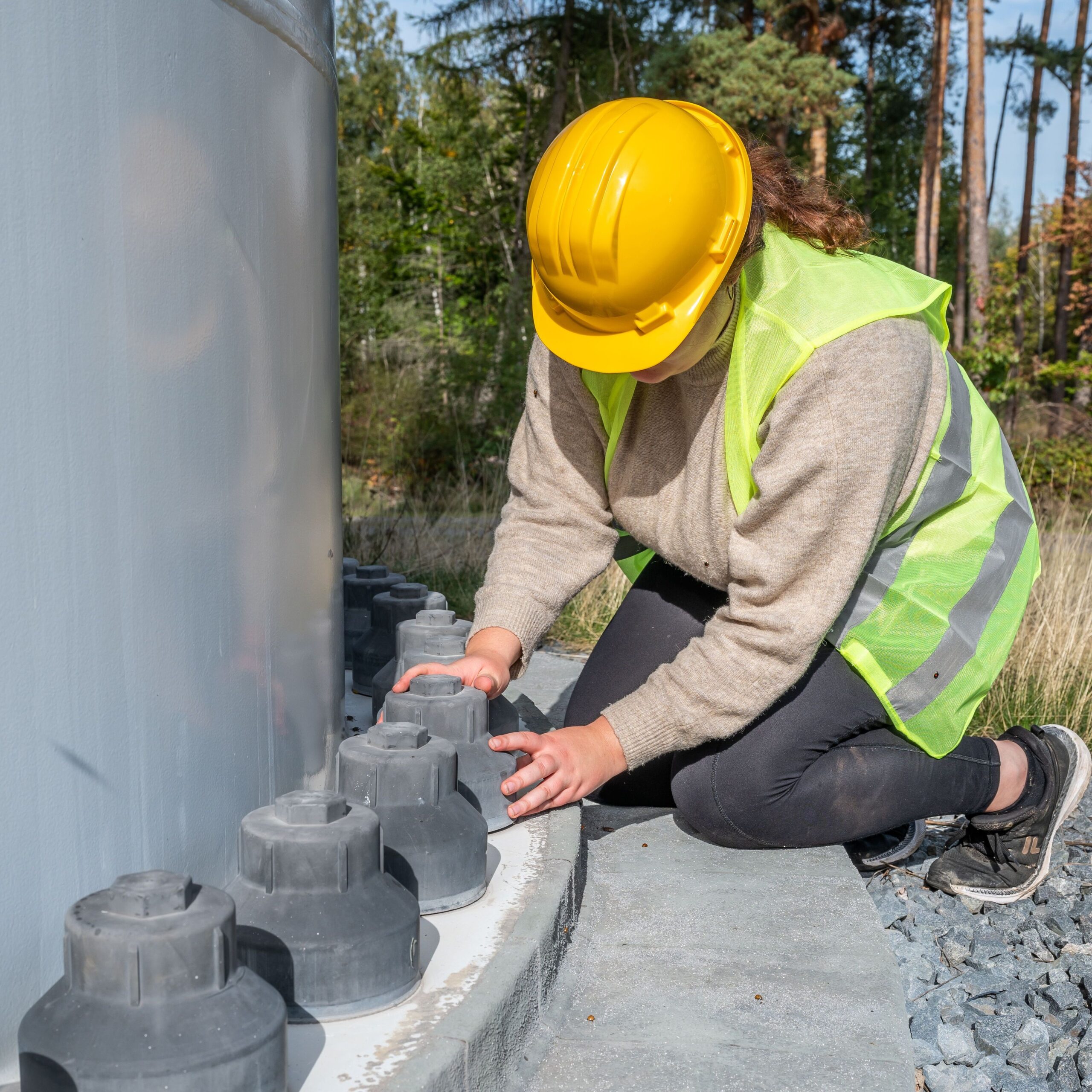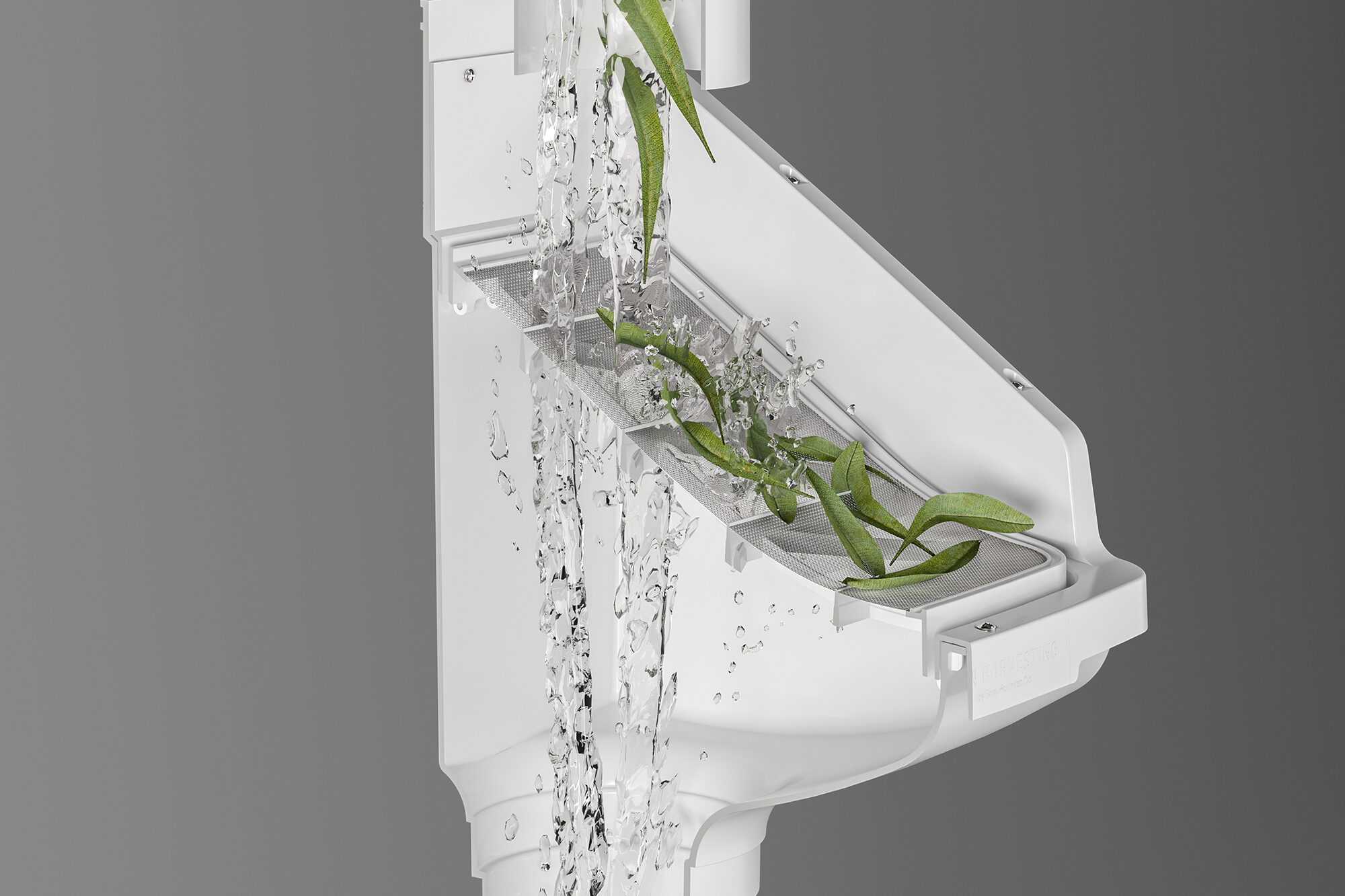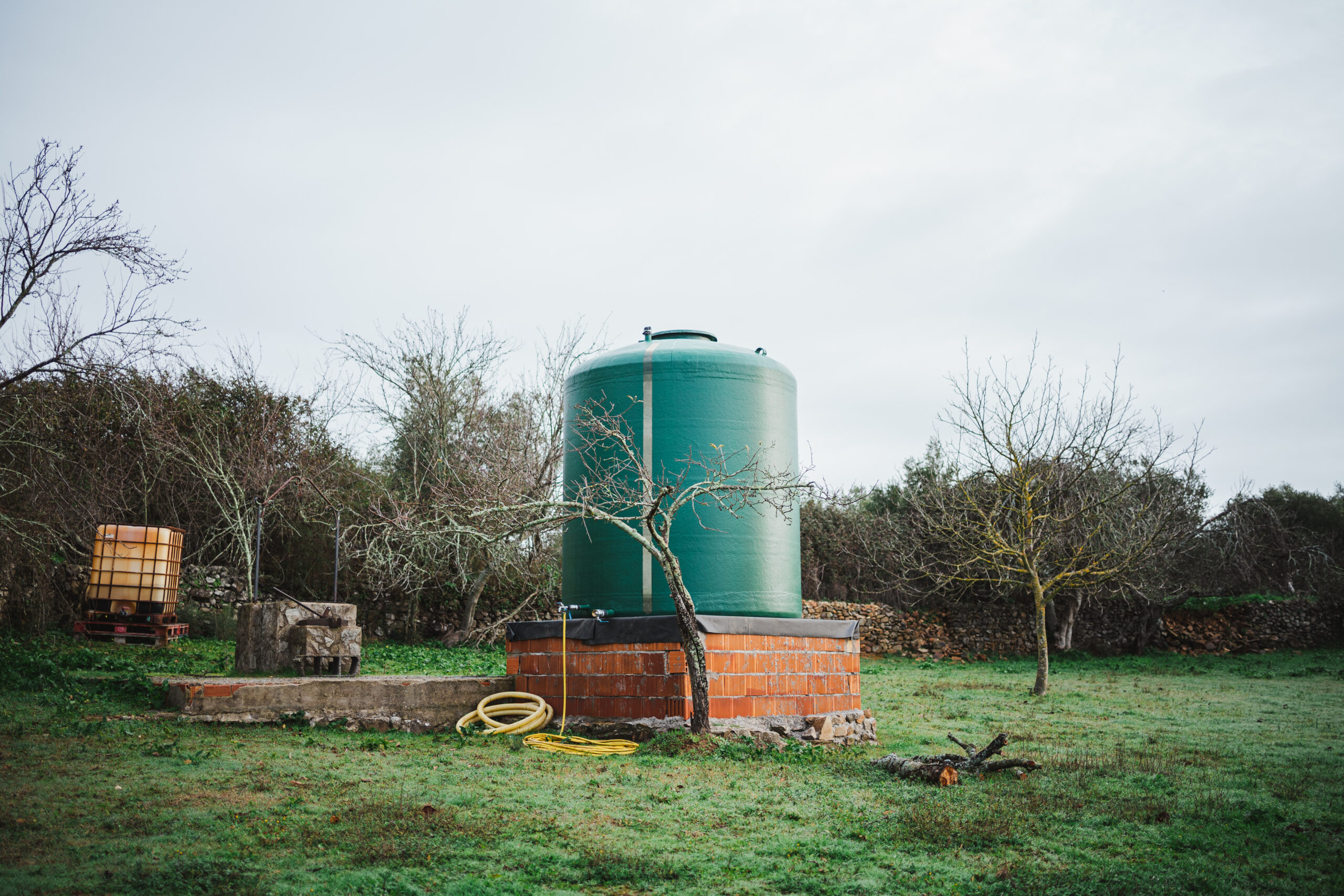
Rainwater harvesting provides numerous benefits for households and farms across New Zealand, from improving drought resilience to reducing reliance on mains water. Yet for many Kiwis, the perceived high upfront cost remains a major hurdle. While the long-term savings are evident, the initial investment can feel daunting.
A standard 5,000-litre tank for garden use starts at around $1,000, while larger 30,000-litre systems designed for whole-house use can exceed $3,500—before factoring in installation costs, which can add several thousand dollars. For the average homeowner, this represents a substantial financial commitment.
However, rainwater harvesting doesn’t have to be out of reach. By exploring cost-effective solutions, available incentives, and smart system planning, homeowners can make rainwater harvesting an affordable and practical investment.
Government Support: Grants and Subsidies
While New Zealand does not have a nationwide rebate scheme for rainwater harvesting, some local councils offer financial incentives:
- Auckland Council: Grants of up to $5,000 for installing rainwater tanks in existing homes.
- Kapiti Coast District Council: Rates remission of up to $250 per year for properties with rainwater collection systems.
- Far North District Council: Subsidies of up to $500 for rainwater harvesting installations.
Reference A : (For citations, please refer to the References section at the end.)
🔍 Check with your local council to see what financial assistance may be available in your area. Even small incentives can help offset initial costs.
DIY vs Professional Installation: Finding the Right Balance
While professional installation ensures a reliable and efficient system, labour costs can add significantly to the total expense. For those who are handy, a DIY approach can help reduce costs, particularly for:
✔ Installing prefiltration products, like rain heads, to filter debris before water enters the system
✔ Installing first flush diverters to capture and exclude the initial runoff, enhancing water quality
✔ Installing tank screens and overflow components to keep contaminants out and manage water levels effectively
However, certain aspects require expert installation to ensure system efficiency and compliance with regulations:
⚠ Pump and electrical work – connecting the system safely and effectively
⚠ Plumbing integration – linking rainwater to your household water supply
⚠ Filtration setup – ensuring safe, high-quality water for use inside the home
Taking a hybrid approach, by handling the pre-installation work yourself while bringing in professionals for key system components, can strike the right balance between affordability and reliability.

Phased Implementation: Start Small, Scale Up
Rather than investing in a full-scale system upfront, homeowners can gradually expand their setup over time:

Step #1
Start with a small rain barrel or slimline tank for garden watering.

Step #2
Upgrade with a pump and filtration system to support outdoor cleaning and irrigation.

Step #3
Expand storage capacity and connect the system to household appliances (toilets, laundry).

Step #4
Fully integrate with the home’s water supply for all household uses.
Making the Investment Work for You
While rainwater harvesting requires an upfront investment, it pays for itself over time. Homeowners should consider:
Water bill savings – Potential savings depending on usage.
Property value – A well-designed rainwater system can increase home appeal to buyers.
Environmental benefits – Reduces reliance on municipal supply and stormwater runoff.
Resilience – Provides an independent water source during droughts or supply disruptions.
Most homeowners recoup their investment within a few years, after which the savings continue to accumulate.
Breaking Down the Cost Barrier
By leveraging local incentives, smart DIY approaches, and phased implementation, rainwater harvesting becomes an affordable and practical solution for New Zealand homeowners. While the initial cost may seem high, the long-term savings, security, and environmental impact make it a worthwhile investment.
As water scarcity concerns grow and technology advances, we expect to see even more support for rainwater harvesting initiatives. For now, those who take the first step will enjoy lower bills, greater self-sufficiency, and a positive environmental impact.
Key Takeaways
✔ Check for local council subsidies or tax incentives to offset installation costs.
✔ Reduce costs by handling basic installation work while hiring experts for key components.
✔ Start small and expand your system gradually to fit your budget.
✔ View it as an investment – long-term water savings, property value, and resilience pay off.
Ready to take control of your water supply? Start designing your system today!
Thinking about rainwater harvesting for your home? Our Rain Harveseting™ Design Service
Resources :
The following websites are the general references used in conducting the research for this article
Reference A :
LocalGovt. “LocalGovt.” LocalGovt, n.d. Web. 24 Feb. 2025. https://www.localgovt.co.nz/
